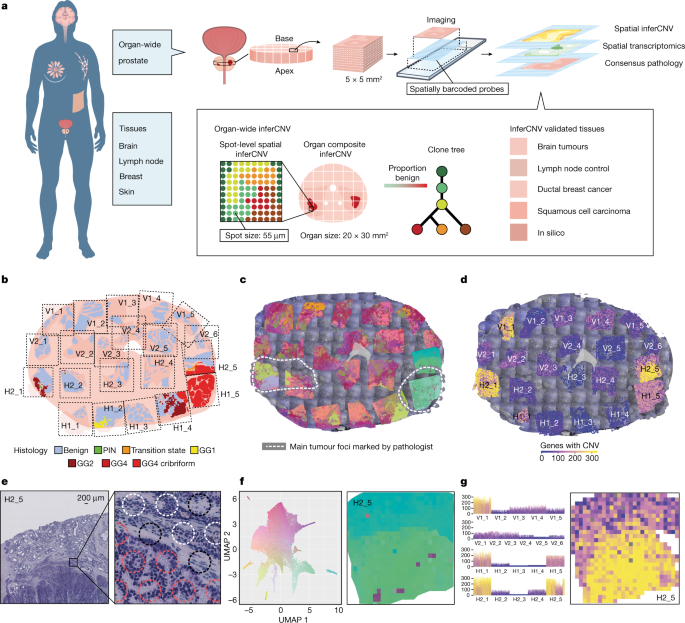
Introduction:
Spatial transcriptomics is a revolutionary technique that has the potential to change the way we study gene expression. It allows us to explore and analyze spatial patterns of gene expression by mapping RNA in 3D space.
This article is a complete guide to spatial transcriptomics and how it is changing scientific research.
What is Spatial Transcriptomics and its Impact on Scientific Research?
Spatial transcriptomics is a relatively new field of study that has been gaining traction in the past few years. Spatial transcriptomics is a type of deep sequencing analysis that builds an assembly of the spatial transcriptome, which is the spatial organization of RNA transcripts in cells.
The spatial transcriptome assembly can be used to understand how cells are organized in space and how they change over time. This can have major implications for scientific research such as understanding cancer development, or even just understanding basic cell biology.
Spatial transcriptomics is a technique that enables scientists to study the spatial distribution of gene expression in cells. These studies have led to new insights into cellular functions and disease mechanisms.
Spatial Transcriptomics: The New Frontier in Disease Discovery & Genome Editing
Spatial transcriptomics is a new frontier in disease discovery and genome editing.
It is a form of high-resolution mapping that allows researchers to study how the genome interacts with the environment. The spatial transcriptome can be used to identify the environmental factors that are responsible for gene expression and disease. This can lead to discoveries in how certain diseases come about, how they progress, and what treatments would be most effective.
The spatial transcriptome is the spatial representation of a genome.
It is a map of the genome that shows where different transcripts are located in the cell. This can be used to identify how genes are spatially distributed and how they interact with each other.
The spatial transcriptome will help scientists to better understand how diseases work and what causes them. It will also help them develop treatments for these diseases as well as new cures for genetic disorders.
Understanding the Grid-Based Approach of Spatial Transcriptomics
A spatial transcriptomics approach is a novel approach to understanding the spatial expression of genes. It does this by mapping the location of transcripts in a genome and then profiling the transcriptomes at each location.
This novel approach has been applied to study various biological processes, including brain development, tissue-specific gene expression, and cell fate specification.
The Future of Spatial Transcriptomic Analysis in Cancer Diagnosis & Prognosis
Spatial transcriptomic analysis is a new method of cancer diagnosis and prognosis. It is based on the idea that tumor cells have different gene expression profiles depending on their location in the tumor.
The spatial transcriptomic analysis technique has been developed by a team of researchers from the University of Cambridge and Stanford University, who have published their work in Nature Biotechnology.
The research shows that this technique can be used to identify which cells in a tumor are most likely to cause metastasis, which cells are most resistant to chemotherapy, and which cells are more likely to be targeted by new drugs.

